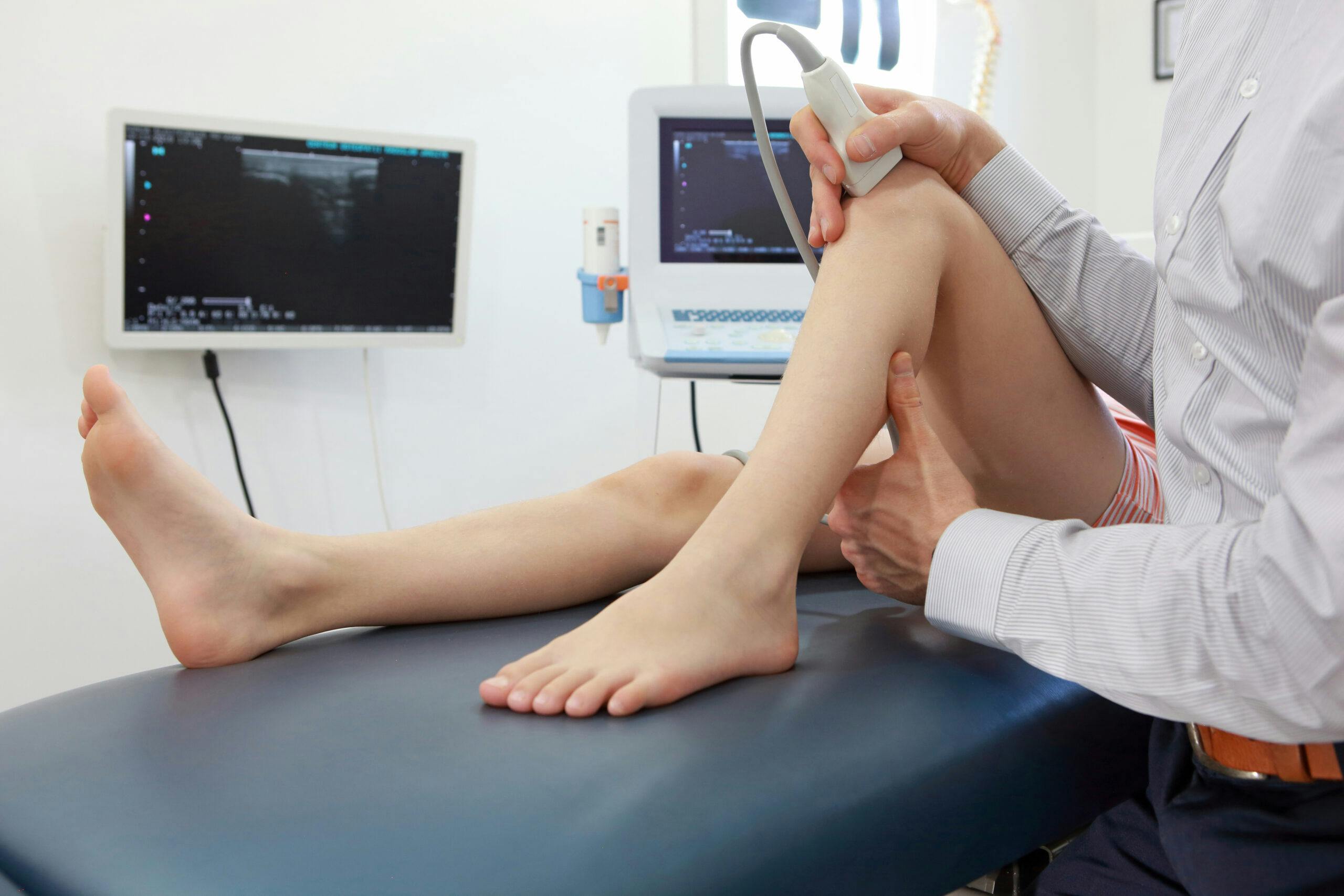- Blog
Who do you need to see for Plantar Fasciitis?
Posted on 11-30-2025 in Plantar Fasciitis by Dr. Erik Nilssen

Posted on 11-30-2025 in Plantar Fasciitis by Dr. Erik Nilssen
Plantar fasciitis, which is a condition that leads to moderate to severe pain in the heels of your feet, is often a debilitating ailment. This is one of the more common foot conditions that affects the heels and is caused by inflammation and tension of the plantar fascia tendon.
It is more common in older adults, in people who are obese, and in people who are physically active or have a job requiring a lot of standing or walking. Though it is more common for these individuals, anyone can suffer from it. Here is more information about the diagnosis and who you should see if you think you have this foot condition.
What are the symptoms of plantar fasciitis?
With plantar fasciitis, the most common symptom is pain on the bottom of your foot, usually directly on the heel. It could be a throbbing or stabbing pain when you are standing or walking for a long time or a pins and needles sensation when you have been sitting or lying down and return to a standing position.
Most people who have plantar fasciitis feel moderate to severe pain in the heel while standing, walking, or running, but not during rest. If you also have pain while resting, you might instead have another condition of the foot, such as arthritis. Any time you have pain of the heel and suspect you have plantar fasciitis, though, it’s a good idea to visit your regular doctor first.
How is plantar fasciitis diagnosed?
The first doctor you will see when you think you have plantar fasciitis is your general practitioner. Your doctor will consider the symptoms you're experiencing and will conduct an examination of your foot and heel.
He will look for risk factors of plantar fasciitis, such as having a high arch, having more tenderness near your heel bone, and having worsened pain when flexing the plantar fascia in certain ways.
The next step in diagnosing the condition is to go through a series of x-rays. This allows the doctor to look at the ligaments, tendons, and bones to look for other possible reasons for the pain, such as a fracture, bone spur, or arthritis. You might also be encouraged to get an MRI on the foot and heel.
He will give you a referral to a podiatrist, who is foot specialist, if needed.
What doctor treats plantar fasciitis?
If your general practitioner determines that you have plantar fasciitis, he may advise you to try some at-home-treatments, such as icing, stretching, and taking anti- inflammatory medications at first.
If these at-home methods aren’t helping to relieve your plantar fasciitis pain, your family doctor may refer you to a foot specialist, known as a podiatrist.
This specialist looks at your x-rays or performs them if you haven’t had them yet. He will then give you your treatment options. Most podiatrists begin with non-surgical treatments like stretching exercises, anti-inflammatory pain relievers, massage, and physical therapy. If that isn’t effective, they will recommend custom orthotics to help you find relief, and/or give you night splints.
In the infrequent occasion that at-home treatment methods or therapies provided by your podiatrist don’t help your plantar fasciitis pain, your podiatrist may refer to an orthopedic surgeon to pursue surgical methods as a last resort.

Musculoskeletal ultrasound imaging offers orthopaedic patients safe, painless, and real-time imaging, without any harmful ionizing radiation or the need for uncomfortable positioning. As the first sports medicine physician in the region to utilize ultrasound for diagnostic and therapeutic purposes, Dr. Josh Hackel’s commitment to innovation has improved the accessibility of care for his patients.

According to the American Academy of Orthopaedic Surgeons, approximately 2 million older Americans sustain fractures yearly due to weak bones. By 2025, that number is predicted to rise to 3 million fractures annually. At North Florida Bone & Joint Specialists, we recognize the importance of maintaining strong bones, particularly as you age. In honor of Healthy Aging Month, the following tips can help you maintain, and even improve, your bone strength:

We see our share of broken bones as an orthopaedic and sports medicine practice. From the high school baseball player who collided with first base a little too hard to the avid DIY’er who took a tumble from an unsecured ladder and everything in between, we’ve seen it all. As we age, we also gradually lose bone mass, which occurs as small amounts of healthy bone are absorbed into your body as small amounts are replaced. When more bone is absorbed than is replaced, the density (bone mass) is reduced. Osteoporosis develops when the bone is no longer replaced as quickly as it is removed, and over time, it causes the bone to become progressively weaker, increasing the risk that it may break.